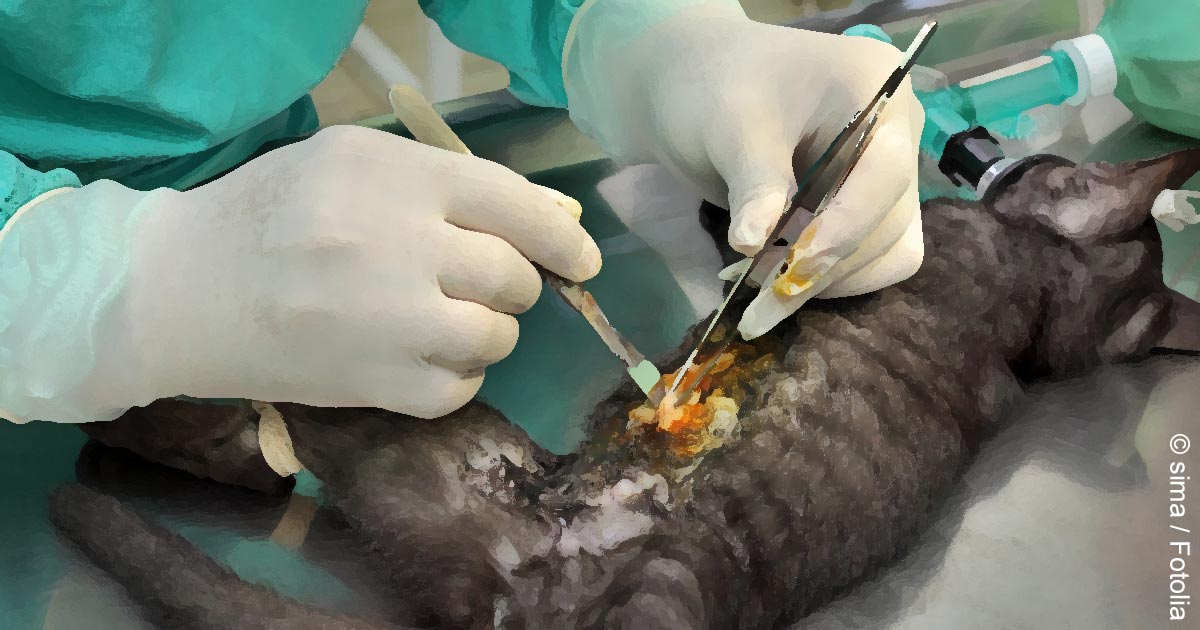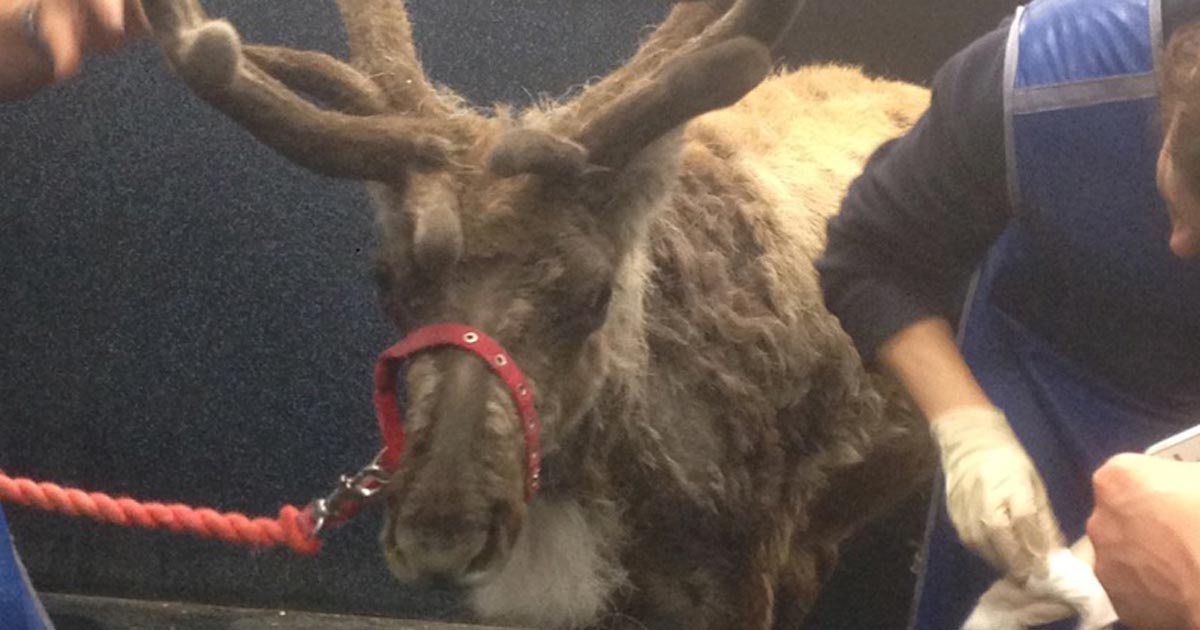There comes a time when even doctors and nurses have to make a visit to their local GP (perhaps somewhat begrudgingly), and I wonder if that evokes a similar feeling to when veterinary professionals take their own pets into an appointment?
My own cat is going in to get her teeth cleaned in a matter of days, and although it is by no means her first trip to the vets, the act of taking her in feels slightly more surreal to me now than it did before I began my training and gained a more similar perspective to that of the vet or vet nurse behind the consult table.
Familiar faces
I’ve volunteered at my local practice for years and know the more senior members of staff rather well, but a newer face will obviously ask me the standard check-up questions and explain things the way they would with any other owner.
To be honest, I never know whether to pretend it’s all new to me or admit I’m a third year vet student; I worry it sounds a bit off to just come out with it without being prompted – a bit like meeting Gordon Ramsay and blurting out that you, too, own several cook books and make a mean Shepherd’s pie.
The hardest part
The last time my cat, Bluebell had to undergo an operation I unfortunately had classes, and although the vet in question knew me well and offered to let me watch, I wasn’t able to – and with a small twist of irony, now that I am free as a bird, the logistics of COVID mean that I must once again sit this one out.
Along with being the unfortunate messenger of the truly unknowable cost of a procedure to your parents (whose eyes widen at even your lowest estimates, though you try to explain it’s best to get it out of the way when she’s young and healthy), knowing the risks is probably one of the hard parts of being any medical professional – from hearing someone cough, and unconsciously jumping to the worst-case scenarios, to taking your pet in for routine surgery with the anaesthesia mortality statistics circa 2018 committed to memory.
Not in control
As ever, the advice you’d give to someone else never has quite the same effect when you try telling it to yourself, and when you’ve experienced the position of the person “in the driver’s seat”, so to speak, it can be hard to surrender control.
COVID allowing, I would like to be in that operating room myself – and not just because it would be the first lot of EMS I’ve managed to wangle in the past nine months, but because, even if you are distanced from the world of veterinary medicine for any length of time, it never distances itself from you.


 Supposedly, we’re ready to take on the outside world as real vets. We’ve got heads full of knowledge and hands that have meticulously repeated sutures, catheterisations, and injections to maintain muscle memory. But what we haven’t got is experience.
Supposedly, we’re ready to take on the outside world as real vets. We’ve got heads full of knowledge and hands that have meticulously repeated sutures, catheterisations, and injections to maintain muscle memory. But what we haven’t got is experience.












